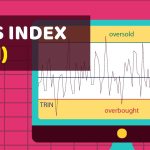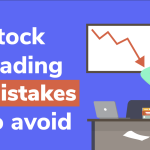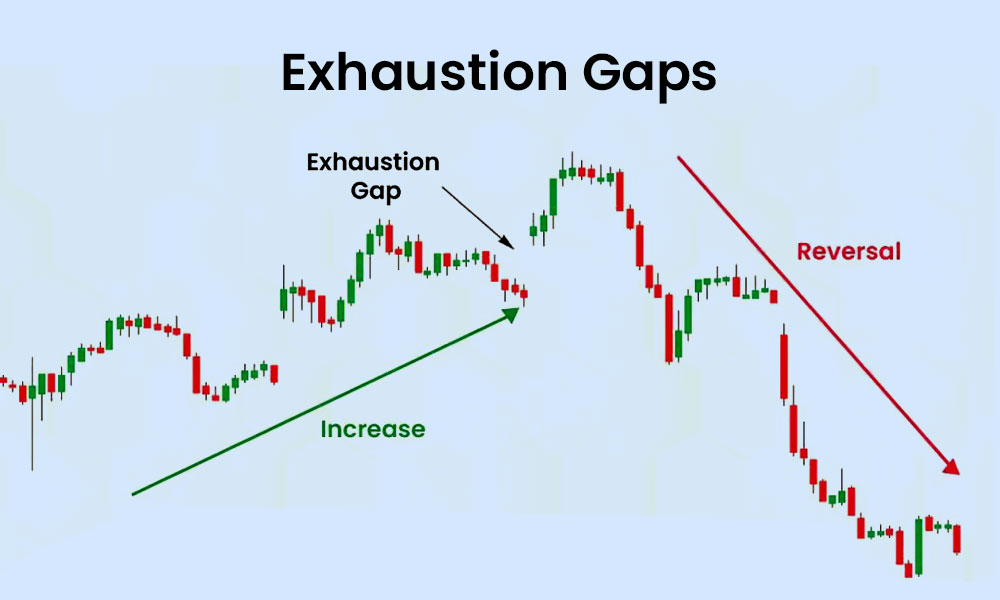
By ATGL
Updated February 23, 2024
A stock short squeeze represents a unique and often volatile situation in the financial markets. Investors who have bet against a stock (short sellers) are forced to buy shares to cover their positions due to the stock’s price rising significantly. This buying pressure, in turn, propels the stock price even higher, creating a feedback loop that can lead to dramatic price increases over a short period. Short squeezes can catch investors off guard, turning the tables on short sellers and resulting in huge losses for those betting on a stock’s decline.
Understanding the mechanics of a short squeeze is crucial for both active traders and long-term investors. It underscores the unpredictable nature of the stock market and the risks associated with short selling. This guide will delve into the intricacies of short squeezes, explaining how they occur, the risks involved, and strategies for identifying and potentially profiting from these events.
Short Squeeze Explained
At its core, a short squeeze in stocks is a financial phenomenon driven by a sharp increase in a stock’s price, compelling short sellers to close their positions by purchasing shares. This process can exacerbate the stock’s upward momentum, leading to rapid price surges.
How Do Short Squeezes Work?
Short squeezes begin when a heavily shorted stock starts to rise in price, often due to unexpectedly positive news or financial results. When faced with mounting losses, short sellers may decide to mitigate their damage and buy back shares to close their positions. This buying frenzy adds to the upward pressure on the stock’s price. As the price continues to climb, more short sellers may rush to cover their positions, further fueling the surge. This cascade can lead to a significant price spike, offering the potential for substantial gains to those positioned correctly before the squeeze.
However, the timing and scale of a short squeeze can be unpredictable. Factors such as overall market sentiment, the availability of shares to cover short positions, and the presence of institutional investors can all influence the outcome of a short squeeze.
Technical analysis can identify patterns and signals that suggest a stock may be ripe for a short squeeze by highlighting trends in trading volume, price movements, and investor sentiment that precede a rapid increase in price.
What Are the Risks of Trading Short Squeeze Stocks?
Engaging in trades based on the potential for a short squeeze carries considerable risk. For short sellers, the risk is unlimited. There’s no cap on how high a stock’s price can go, potentially leading to massive losses. For buyers, the danger lies in the stock’s volatility: Prices can plummet as quickly as they rise once the squeeze in action ends and buying pressure subsides.
Furthermore, the timing of a short squeeze is notoriously difficult to predict. Investors may find themselves holding positions in stocks with dwindling value if the anticipated squeeze does not materialize or if they enter the trade too late.
How To Spot an Impending Short Squeeze
Identifying a potential short squeeze requires careful analysis of several key financial indicators.
Short Interest
Short interest, the total number of shares of a stock sold short and not yet covered, is a critical metric. A high short interest indicates many investors are betting against the stock, which could lead to a squeeze if the stock’s price begins to rise. Monitoring changes in short interest can provide early warnings of shifting sentiment.
Understanding the total shares outstanding and the short percentage of float is essential, as these figures provide a clearer picture of the potential impact of short selling on a stock, indicating how many shares are available for trading and what portion of this float is currently sold short, respectively.
However, high short interest alone does not guarantee a short squeeze. It must be considered alongside other factors, such as company fundamentals and market conditions.
Short Ratio
The short ratio, or “days to cover” ratio, measures the number of days it would take for all short sellers to buy back their shares based on the stock’s average daily trading volume. A high short ratio suggests covering short positions could take significant time, potentially leading to a prolonged share price increase during a squeeze.
This metric helps individual investors gauge the potential duration and intensity of a short squeeze, providing insights into the liquidity and volatility of the stock.
Cost To Borrow
The cost to borrow shares for short selling can also signal the likelihood of a short squeeze. A high borrowing cost indicates a scarcity of available shares to short, which can deter new short sellers and pressure existing ones to cover their positions sooner. Monitoring borrowing costs can offer clues about the supply-demand dynamics affecting short sellers.
What Are Some Tips for Trading a Short Squeeze?
Successfully trading a short squeeze involves a combination of timing, risk management, and market analysis. First, investors should set clear entry and exit points to manage risk effectively. Understanding the factors that contribute to a squeeze, such as short interest and the short ratio, can help in timing these trades.
Additionally, monitoring news and developments related to potential squeeze targets is vital. Positive news can trigger a squeeze, while negative developments can stall or reverse the momentum.
Finally, diversification and caution are key. Betting on good stocks to short can be speculative, so allocating only a portion of one’s investment capital to such trades and preparing for high volatility is essential.
Track Key Indicators To Master Your Investment Strategy
Navigating the complexities of short squeezes requires access to comprehensive market data and analysis. At Above the Green Line, we equip our members with the tools and insights needed to identify potential investment opportunities, including short squeezes. By tracking key indicators and leveraging our proprietary metrics, our members can enhance their investment strategies and capitalize on market movements.
Harness the power of informed, data-driven investing. Discover how our systematic model can guide your trading decisions and help you navigate the market’s ups and downs. Join Above the Green Line and take your investment strategy to the next level.






